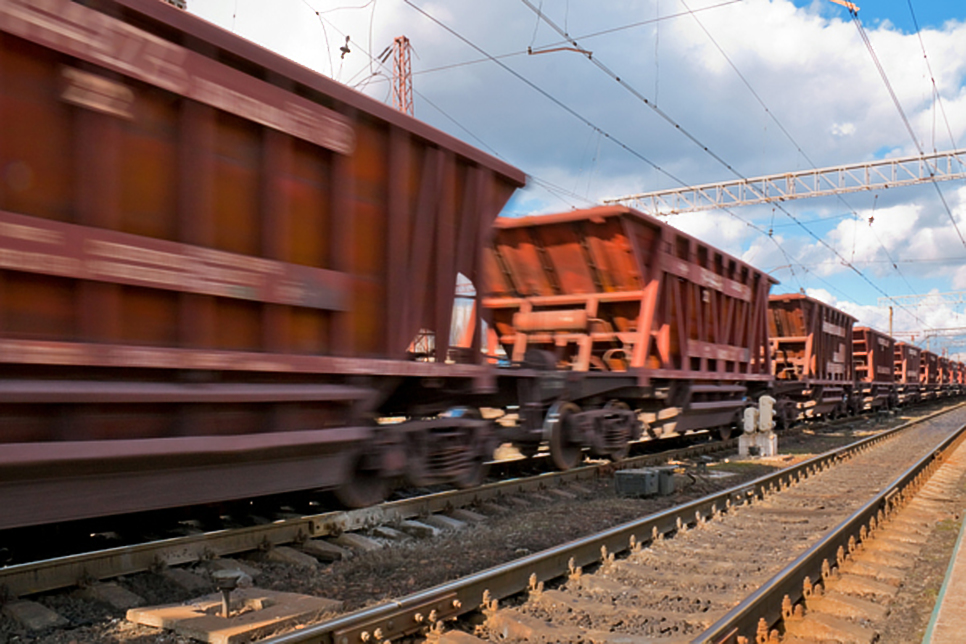
The most-traded iron ore contract for September delivery on China’s Dalian Commodity Exchange closed daytime trading 1.6% lower at 1,114.50 yuan ($172.37), extending losses into a third straight session.
In September 2020, President Xi Jinping formally announced that China will aim to achieve a peak in carbon emissions before 2030, followed by carbon neutrality before 2060. As part of the decarbonization efforts, the Chinese government at the start of the year announced its intention to start reducing steel production in 2021.
However, China’s crude steel output in the first half grew nearly 12% compared with a year earlier.
“We think it is reasonable to expect second-half steel production growth in China will slow down meaningfully from the first half,” JPMorgan analysts said in a note.
JPMorgan expects Chinese demand to recover strongly in the fourth quarter, leading to a strong rebound in both steel prices and margins.
“After record-strong steel production in 2021 H1, we are starting to see China’s steel output decline. Margins have been falling, especially for steel producers supplying the construction industry, and we are getting more clarity of how the government’s announced production cuts will be rolled out and affect various provinces and steel mills in the second half of the year, said CRU’s steel analyst Richard Lu in a note.
“One thing is clear, China’s crude steel production in H2 will decline compared to both H1 this year and H2 last year. However, the decline will not be enough to meet the country’s target of reducing crude steel production in 2021 compared with 2020.”
Read more: Russell – Iron ore stumbles as rising supply runs into China steel discipline
Supply
Rio Tinto expects its iron ore shipment this year to be at the low end of the forecast range, which remains subject to weather and market conditions.
Fortescue Metals Group, meanwhile, beat its full-year shipment estimate with a total volume of 182.2 million tonnes, and set shipment outlook for fiscal 2022 at 180 million-185 million tonnes.
BHP Group reported full-year iron ore production near the top end of its forecast range, thanks to record output at two mines in Western Australia.
In a presentation released on Thursday morning, Vale revised down its guidance for year-end iron ore production capacity to 343 million tonnes per annum from 350 million tonnes previously.
(With files from Reuters)




